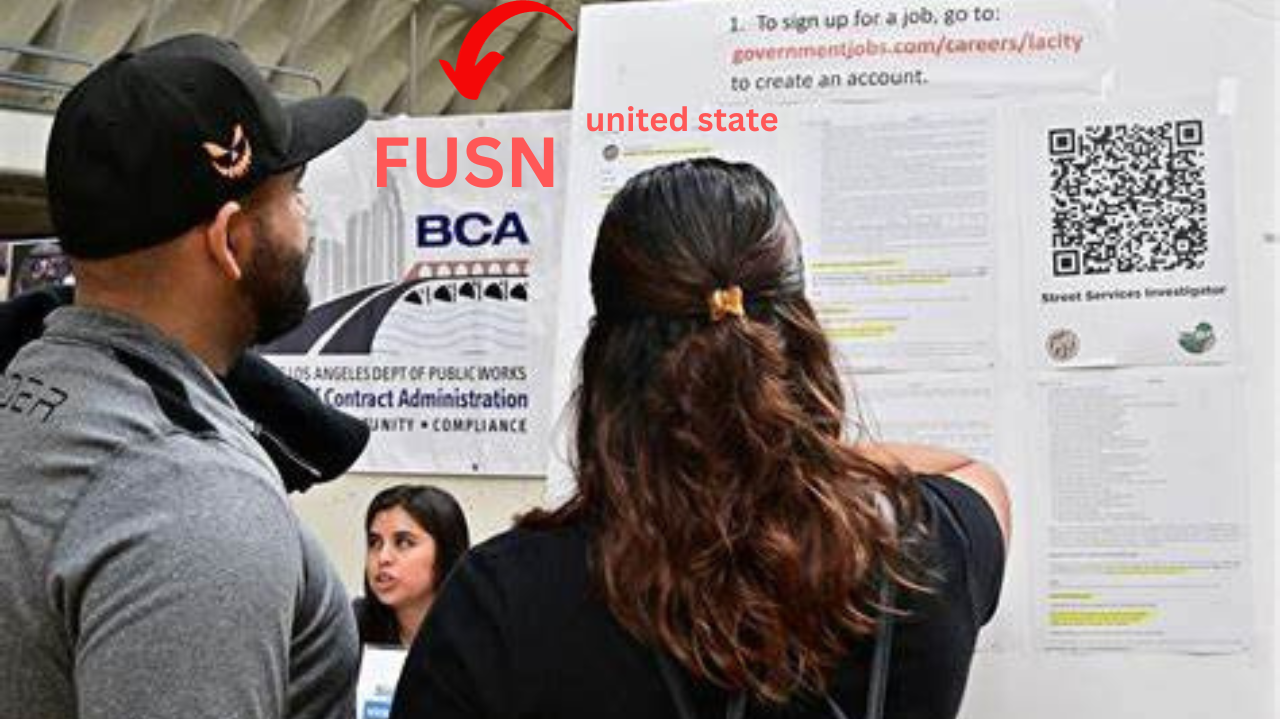In recent news, American job growth experienced a slowdown in October, signaling a chilling effect on the world’s largest economy. This development has prompted attention from investors and Federal Reserve policymakers alike, who are closely monitoring labor market conditions as they pursue a more stringent monetary policy.
Job Creation Moderates
American employers added 150,000 new jobs last month, a figure lower than the initial estimates and a challenging contrast to the revised 297,000 positions created in September. Economists surveyed by Bloomberg had anticipated the creation of 180,000 new jobs in October. This data coincides with growing concerns that the Federal Reserve may refrain from raising interest rates in the coming months due to the labor market’s softening.
Financial Market Response IN AMERICAN
In response to this news, the S&P 500 index increased by 0.7%, setting the stock market indicator on a promising trajectory for its best week in a year. These statistics, often seen as a barometer for economic health, offer some reassurance to investors.
However, experts are urging caution. Kristina Hooper, Chief Global Market Strategist at Invesco, points out that this is part of an expected cyclical slowdown. She states, “We are quite far into the expansion, the economy is cooling off, and there is no need for the Fed to increase rates again.”
Investor Sentiment

Following the data release, it appears that investors are banking on a potential rate cut next year, as opposed to a hike in July, which had been their previous expectation. Businesses, too, are adjusting their expectations for future interest rates.
The yield on the 2-year U.S. Treasury note, which moves inversely to price and tracks expectations for interest rates, dropped to a two-month low of 4.85%. This shift indicates that the rise in unemployment rates has become a concern, with the October figure rising to 3.9% from September’s 3.8%. While average wages have increased by 0.2%, slightly slower than the previous month’s 0.3% growth.
Challenges for the Federal Reserve
The American job market’s growth, or lack thereof, is a vital indicator for both investors and Federal Reserve policymakers. They closely watch labor market dynamics, as it influences the central bank’s efforts to adjust its monetary policy, particularly amidst concerns of rising inflation.
The Federal Reserve took steps to mitigate inflation last March by raising interest rates from nearly zero to 5.5%. However, they kept rates stable during their meeting this Wednesday, with officials signaling a broad consensus to keep borrowing costs at their current levels for some time.
Market Response and Potential Future Trends
The financial markets have interpreted these actions as a likely deterrent to further rate hikes, which has sparked a debate on the appropriate timing and extent of future increases. Following the release of data, the 10-year Treasury yield, which reflects growth expectations, dropped to its lowest level since mid-October, decreasing by 0.12% to 4.55%.
Dean Maki, Chief Economist at Point72 Asset Management, suggests that rates are likely to remain high for longer than the market expects. He emphasizes that the economy will have to improve significantly before the Fed considers cutting rates again.
As Treasury yields rally and stock markets grow, it becomes easier for financial conditions to put additional pressure on the Federal Reserve to hasten economic growth. The outcome of this debate is crucial for investors and policymakers alike, as it will shape the future trajectory of monetary policy.
Final Thoughts
In conclusion, the recent slowdown in job growth in the United States is a vital signal for both investors and the Federal Reserve. This deceleration in job creation has raised questions about the direction of future interest rates and how the central bank plans to address the economic challenges ahead. As the debate continues, it’s clear that both market participants and policymakers are treading carefully in an effort to maintain economic stability in the face of uncertainty.









